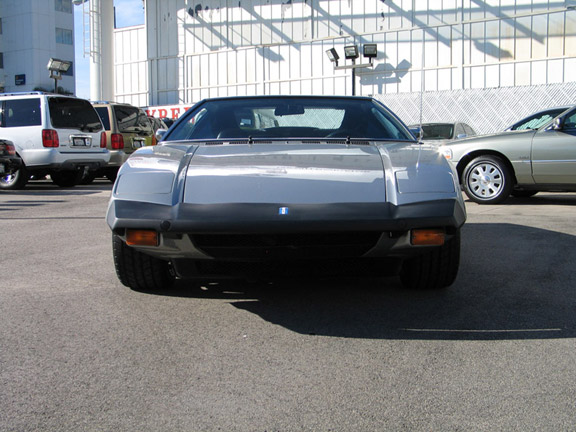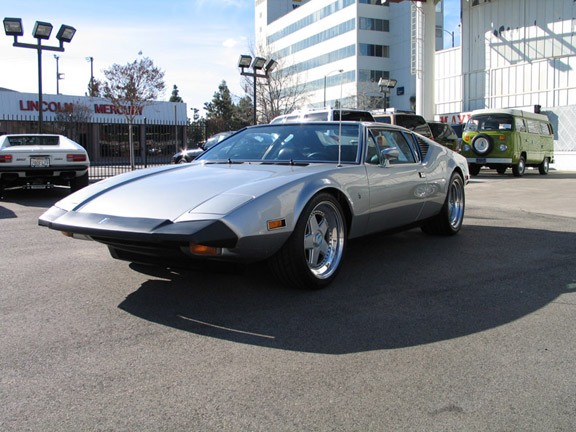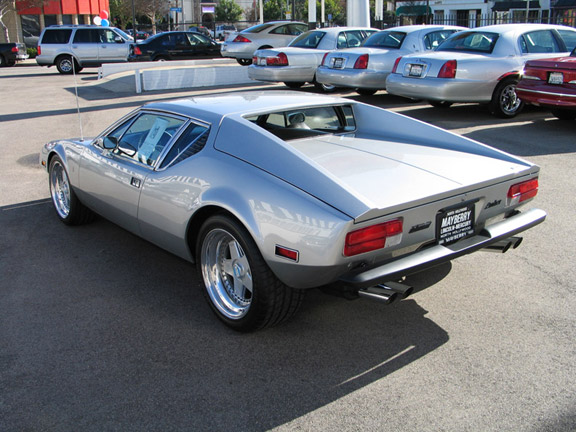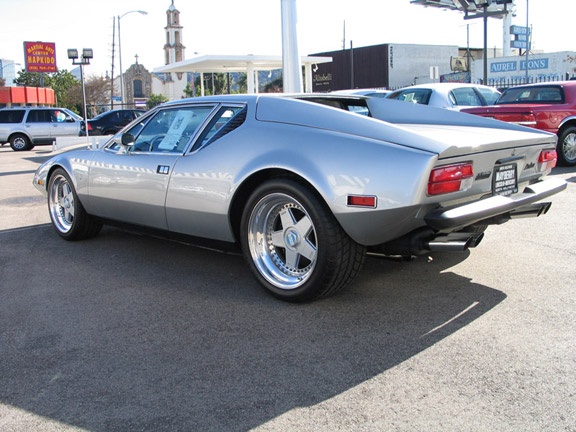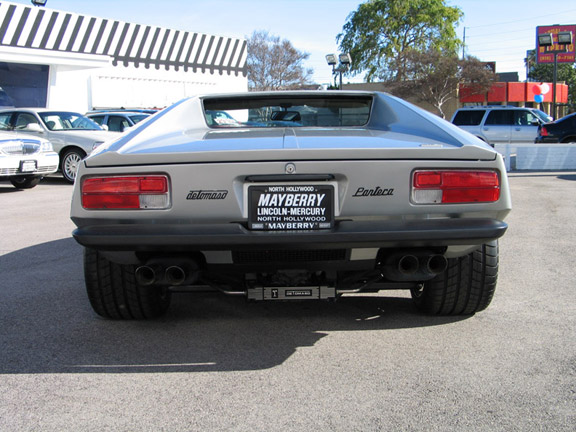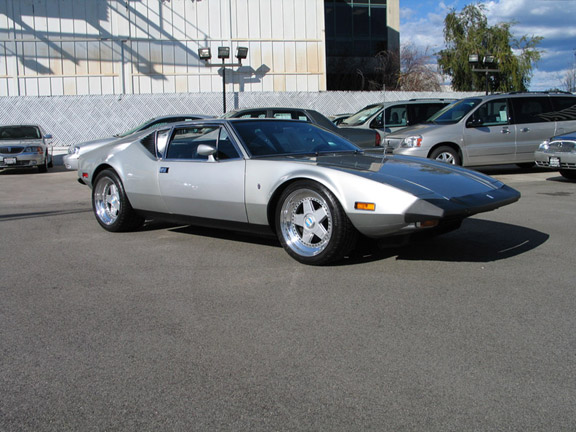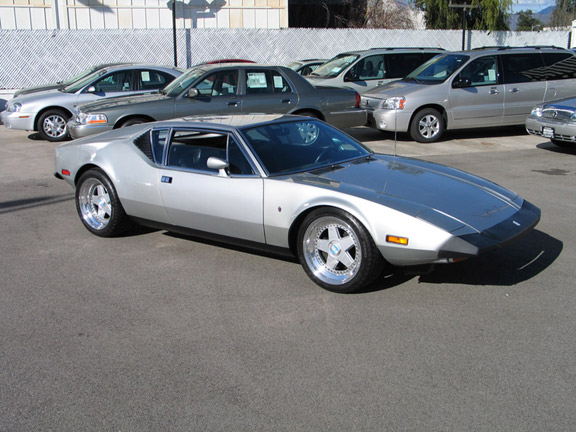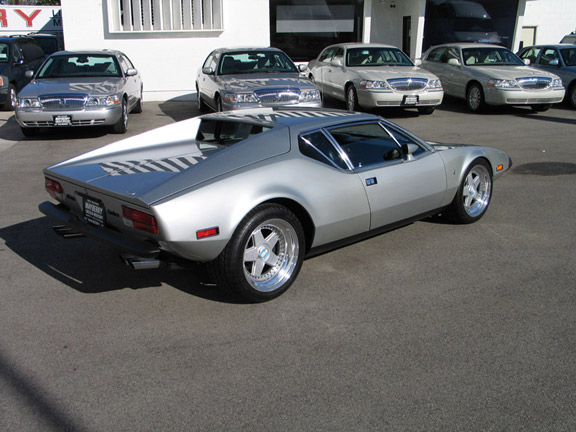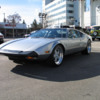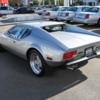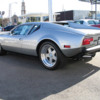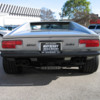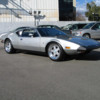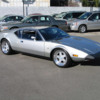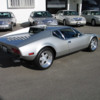Meet My Italian Mistress 
My first step in shopping for a Pantera was to identify what I intended to do with it, and to define my preferences. I intended to use the Pantera as a part time driver while I worked, and as my daily driver after retirement. It would also be driven long distances. My visual preferences were "stock looking" with dark blue or silver paint, which are relatively rare colors for Panteras.
I needed a reasonably stock restored car or a survivor that could meet my needs in terms of reliability and drivability. I did not want a restoration project. And I knew that to get a car with most of the Ford improvements I needed one with a chassis number of 5300 or higher.
Although I didn't want a highly modified car (a car that looked custom or personalized) I had a list of about 20 "under-the-skin" improvements I felt were desirable; things like adjustable gas shocks and cooling system improvements. If the car I purchased was already equipped with any of them it would save me from having to purchase and install them myself.
That's Mike Mayberry standing next to the car. ↑
I found this beautiful silver L model Pantera at Mayberry Lincoln Mercury in May of 2004. Pantera #6018 was in good condition for a 30 year old car, but unrestored. This was perfect for my intentions.
6018 is an early 1974 L model assembled in July 1973. It was originally sold in California, re-documented as a 1973 model, as all 1974 Panteras sold in California were. The federal tail pipe emission regulations did not change between 1973 and 1974, but the California regulations did. Thus the 351C 4V (Q code) was not emissions certified in California in 1974. 6018's registration reads 1973/1974 De Tomaso Pantera. ![]()
The engine was bone stock, unmodified. As were the exterior and interior, excepting for a Momo steering wheel. The chassis had been modified with the following:
- Wilwood 4 piston brakes with the extra thick racing rotors.
- Koni gas shocks equipped with Hyperco springs having spring rates "similar to a GT5" (i.e. 450 lbs front, 550 lbs rear).
- A fatter European sized rear anti-sway bar (7/8 inch).
- "Ball caps" for attaching both anti-sway bars to the control arms.
- Ron Siple's upper control arms which pivot on spherical rod ends.
- The 17 inch Etoile wheels which you see in these pictures.
- The rear hub carrier lower pivot shafts were modified to enable lubrication with a grease gun.
Most of the modifications were among those I was looking for.
- I examined the car thoroughly, poked all the usual trouble spots. There was no sign of rust, no bubbling paint, no thin metal. The car was rust free as far as I could determine.
- The body and paint were in good condition. The car has been repainted at least once, in the original color; and I liked the color.
- The transmission shifted well, there was no gear grinding during shifting.
The 3 items that are most expensive to repair all passed inspection ...
After my pre-sale inspections (plural) and test drives (plural) I had a good sense of exactly what I was buying.
I had a list of 11 items that were in good condition, thus I wouldn't have to service them. Important items like the suspension, brakes, steering rack, charging system, the starter, and the tires.
The air conditioning even blew cold air!
I also had a list of 20 items that would need inspection and service post-sale, but nothing that was urgent. None of them would keep me from driving and enjoying the car.


